Livu Square
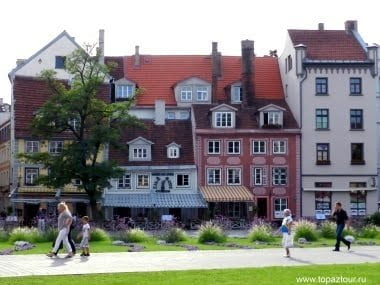 The picturesque Livu Square appeared in Riga in 1950 on the site of a building destroyed during the Great Patriotic War. Designed by P. Seletsky.
The picturesque Livu Square appeared in Riga in 1950 on the site of a building destroyed during the Great Patriotic War. Designed by P. Seletsky.
Officially, the square was called the square at the Philharmonic. In 1974, it was reconstructed on the idea of K. Barons. A network of paths was laid out and recreational facilities equipped. In the center of the square there was a pool with a fountain, which is currently not working. In February 2000, the square at the Philharmonic was renamed by the Riga authorities in Livu Square.
In winter, Livu Square turns into a city skating rink, and in summer – into a wonderful cafe where you can buy various souvenirs. All kinds of events are often held here in the summer. The area has developed on 0.5 hectares.
If you go from the Freedom monument through the City Canal to Livsky Square, you can see the most beautiful buildings of the Big and Small Guilds, located opposite each other on Amatu Street. In 1354, German merchants, who owned all trade in Riga, organized the Great Guild. Her activities were liquidated after the 1917 revolution. The building of the Great Guild acquired a modern look in the middle of the 19th century. In 1965 it was reconstructed and adapted for the work of the Latvian State Philharmonic. In the lobby of the Philharmonic you can see stained-glass windows, made according to the sketches of the Latvian artist A. Tsirulis. The building of the Great Guild has majestic eclectic forms of English Gothic.
The building of the Small Guild is built in the same style. The small guild was formed in the 13th century and was an association of all artisans. Only its members had the opportunity to become guild masters. In 1936 it was eliminated.
Opposite the Great Guild there is a grandiose building with two towers, each of which has black cats. This is the famous Black Cat House or Cat House, which is an unofficial visiting card of Riga. The building in the style of late rational Art Nouveau was built in 1909 by the architect Friedrich Scheffel.
There is an ancient legend according to which the wealthy homeowner Blumer did not get into the Riga Big Guild and, of course, was very angry. He commissioned sculptural images of black cats with arched backs. They were placed on the peaked turrets of the Blumer apartment building. But the most interesting thing is that these cats were turned tails towards the windows of the working room of the elder of the Big Guild, clearly showing the cynical attitude of the merchant to the members of the guild.
According to one of the branches of this traditional excursion bike, a trial was organized against Blumer. They say that he was never able to get the cats to turn in the right direction. Most likely, Blumer was a close friend of the judge or paid generous bribes to frequently changing judges, who in the sentence stated that cats are free animals and they walk on their own, and most importantly, without them, Riga will lose some of its architectural wealth. It is difficult to say when it was possible to agree with Mr. Blumer, however, at one fine moment the cats were deployed with the “right” angle.
Livu Square, the Big and Small Guilds and the Cat House in Riga are a harmonious architectural ensemble, attracting with its grandeur and beauty.


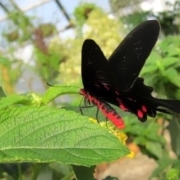
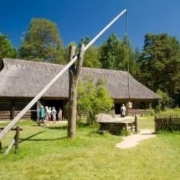
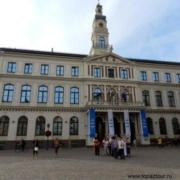




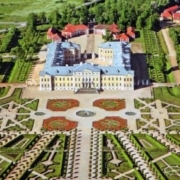


Leave a Reply
Want to join the discussion?Feel free to contribute!